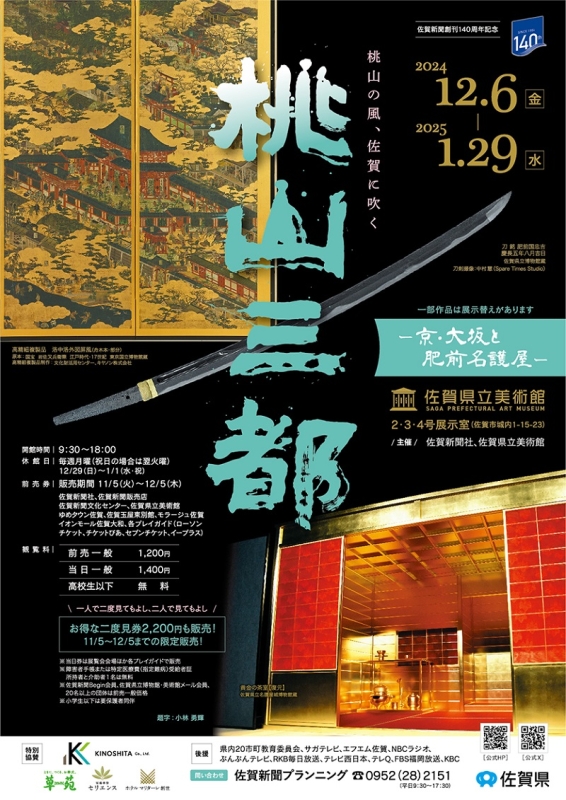
| 会期 | 2024年12月6日(金) ~ 2025年1月29日(水) |
|---|---|
| 会場 | 佐賀県立美術館(2・3・4号展示室) |
| 開館時間 | 午前9時30分から午後6時まで(入館は午後5時30分まで) |
| 休館日 | 毎週月曜日(祝日の場合は翌日)、年末年始(12月29日~1月1日)、1月14日(火)は休館。 ※1月13日(月・祝)は開館。 |
| 観覧料金 | 当日一般 1,400円 前売一般 1,200円 二度見券 2,200円 ※高校生以下、障害者手帳又は特定医療費(指定難病)受給者証の所持者とその介助者1名は無料。 ※佐賀新聞Begin会員、佐賀県立博物館・佐賀県立美術館のメール会員、20名以上の団体は前売一般価格。 ※小学生以下は要保護者同伴。 |
| 主催 | 佐賀新聞社、佐賀県立美術館 |
| 特別協賛 | 木下グループ、草苑、冠婚葬祭セリエンス、ホテルマリターレ創世 |
| 後援 | 県内20市町教育委員会、サガテレビ、エフエム佐賀、NBCラジオ、ぶんぶんテレビ、RKB毎日放送、テレビ西日本、テレQ、FBC福岡放送、KBC |
| ウェブサイト | 佐賀県立美術館 https://tokushu.saga-s.co.jp/momoyamasanto/ |
佐賀県立美術館に登場
展示のみどころ
豊臣秀吉が天下統一を成し遂げた桃山時代。京都に聚楽第や伏見城、大坂に大坂城を築き都市を整備。そして文禄・慶長の役の出兵拠点として、肥前に名護屋城を築きます。名だたる武将が名護屋に集い、その壮大さは「城石垣は京都にも勝り」「天守なども聚楽第にも勝る」と言われるほどでした。
本展では京、大坂、そして肥前名護屋を加えた三都市を《桃山三都》と位置づけ、秀吉ゆかりの資料や桃山時代を生きた作家らの名品を展示。また名護屋城博物館の「黄金の茶室」を初めて館外に移設し公開します。国宝屏風の高精細複製品に加えて、プロジェクションマッピングや「8K文化財」などのデジタルコンテンツも取り入れ、さまざまな作品を通して《桃山三都》を体感できます。
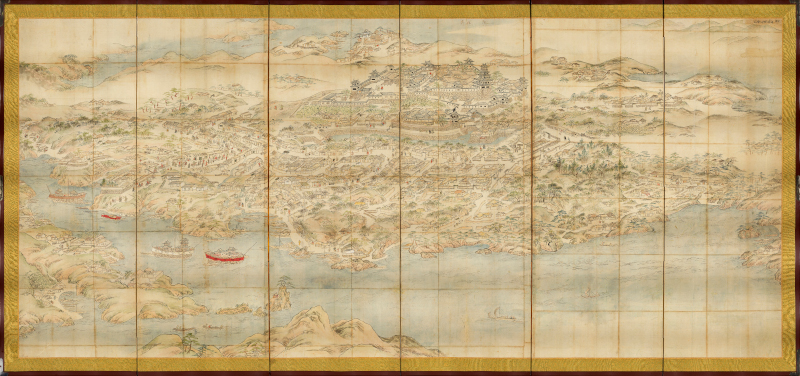
肥前名護屋城図屏風 佐賀県立名護屋城博物館蔵
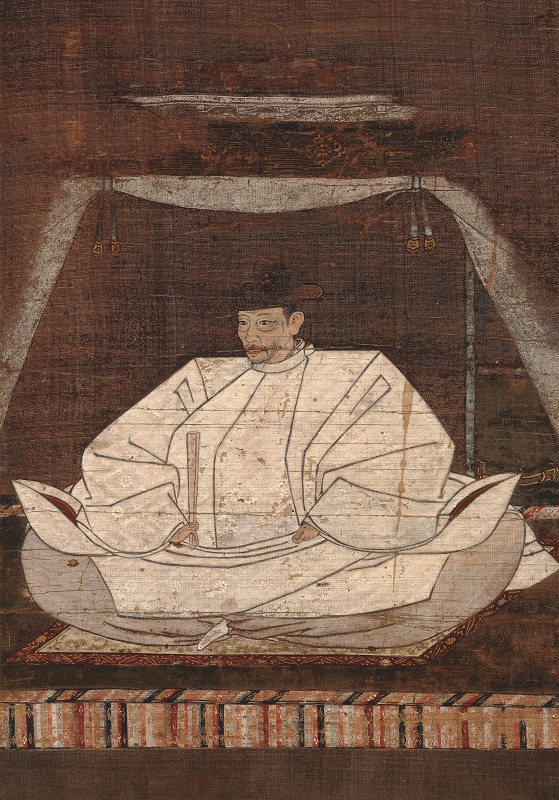
豊臣秀吉画像 佐賀県立名護屋城博物館蔵
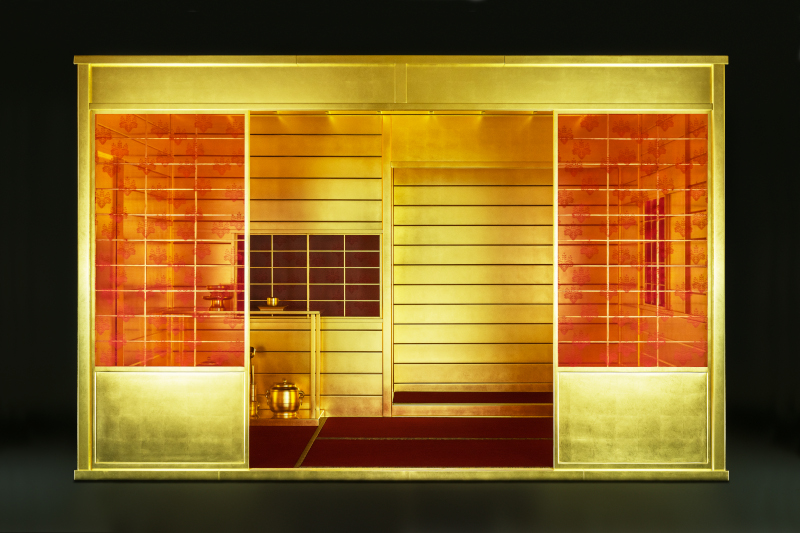
黄金の茶室[復元] 佐賀県立名護屋城博物館蔵
「8K文化財」体験コーナー
文化財活用センターが東京国立博物館・NHKとともに取り組む共同研究「8K文化財プロジェクト」により制作した国宝「洛中洛外図屏風(舟木本)」の8K3DCGデータを用いたインタラクティブなデジタル体験展示を公開します。
実際の屏風ではわずか5センチ前後の人物も、等身大まで拡大して美しい映像で楽しむことができるインタラクティブな体験コーナーです。
*「8K文化財」体験コーナーは、佐賀県立美術館と文化財活用センターが共同で公開しています。
*「8K文化財」体験コーナーおよび高精細複製屏風は、写真・動画の撮影が可能です。
展示会場では、みなさまのご感想を伺うアンケートを実施しています。
会場でアンケート回答画面をスタッフへご提示いただいた方に、ポストカードをプレゼント!(なくなり次第終了)
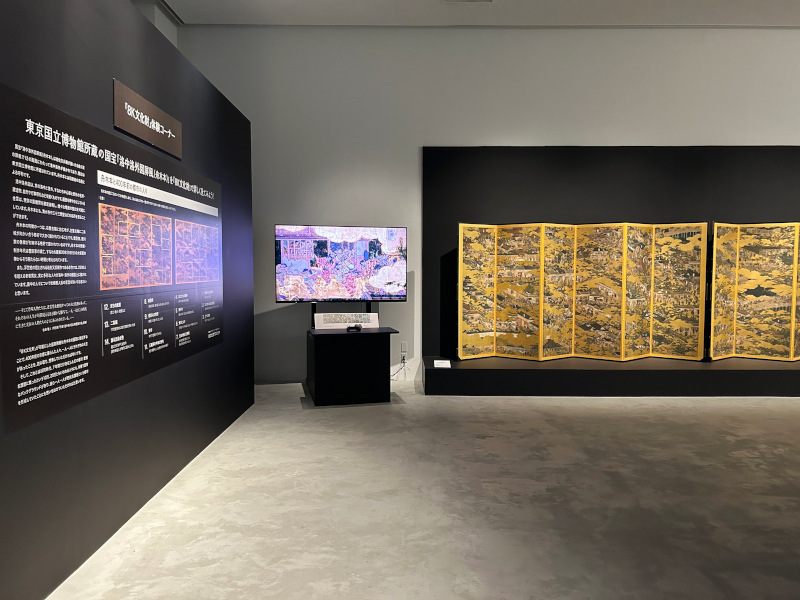
「8K文化財」体験コーナー 展示風景
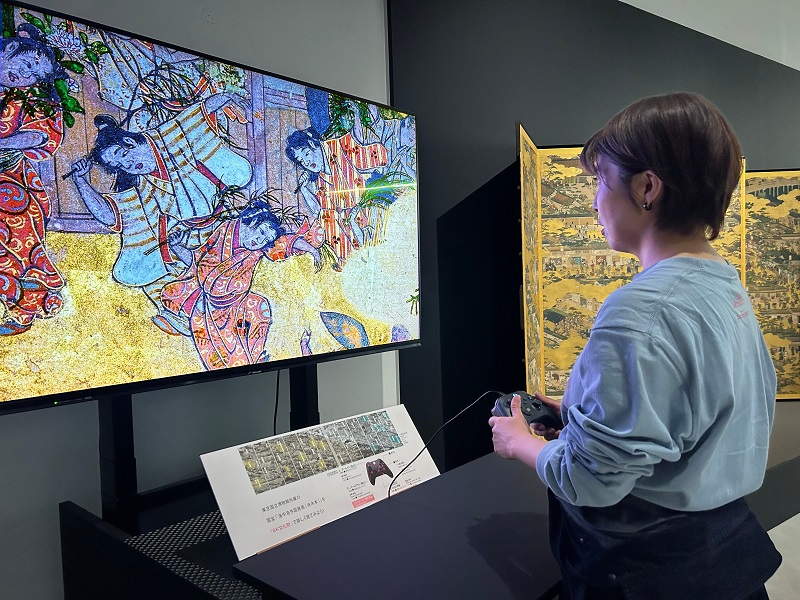
70インチの大型画面で作品の細部までじっくりと鑑賞することができます。

国宝 洛中洛外図屏風(舟木本) 岩佐又兵衛筆 江戸時代・17世紀 東京国立博物館
東京国立博物館とNHKが2020年から取り組んできた共同研究プロジェクト。最先端のスキャナーやフォトグラメトリ技術を使って、文化財を撮影し、超高精細な3DCG=「8K文化財」を制作。東京国立博物館における展示、NHKの番組やイベント等で公開してきました。
2022年秋に共同研究の集大成として開催した展示「未来の博物館」では、「洛中洛外図屏風(舟木本)」、「救世観音像」の3DCGを使った体験型展示を制作・公開。9万人をこえる来場者に新たな鑑賞体験を提供し、好評を得ています。2023年からは〈ぶんかつ〉もプロジェクトに加わり、制作した「8K文化財」の活用と展開に取り組んでいます。

- 「みんなの8K文化財プロジェクト」NHK公式サイト
- https://www.nhk.jp/p/ts/6L496K3Z7R/
高精細複製品によるあたらしい屏風体験「国宝 松林図屏風」

展示風景
日本の水墨画の最高傑作と称えられる国宝「松林図屏風」(長谷川等伯筆)の世界を、高精細複製品と映像のインスタレーションで体感していただく展示です。
高精細複製に映像と音響を重ね合わせることで、想像を広げて名画の世界に入り込む体験を生み出します。
高精細複製品「風神雷神図屏風・夏秋草図屏風」
会場内では、重要文化財「風神雷神図屏風・夏秋草図屏風」の高精細複製品もご覧いただけます。原本は保存のため表と裏を分離して別々の屏風に仕立てていますが、高精細複製品では表裏一体であった制作当時の姿を再現しています。
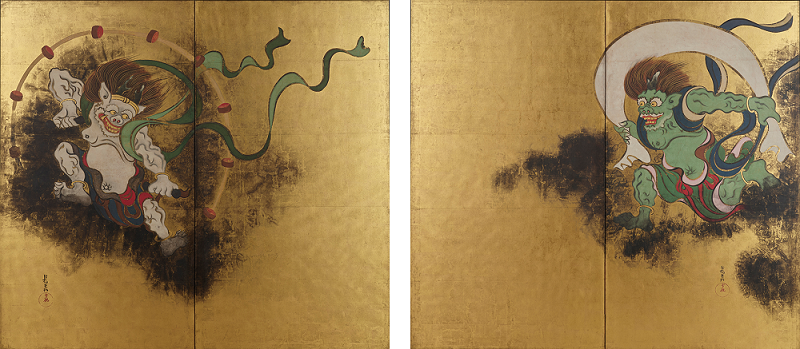
重要文化財 風神雷神図屏風 尾形光琳筆 江戸時代・18世紀 東京国立博物館
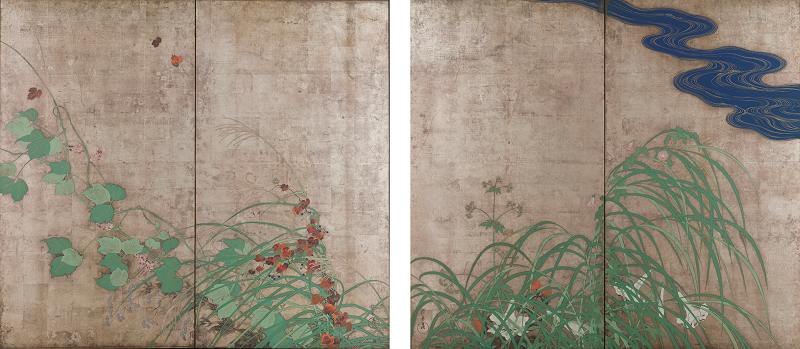
重要文化財 夏秋草図屏風 酒井抱一筆 江戸時代・19世紀 東京国立博物館
*会場に展示される「洛中洛外図屏風(舟木本)」「松林図屏風」「風神雷神図屏風・夏秋草図屏風」の高精細複製品は、国立文化財機構とキヤノン株式会社による共同プロジェクト「高精細複製品を用いた日本の文化財活用のための共同研究」の一環として活用しています。
*原本の展示はありません。

